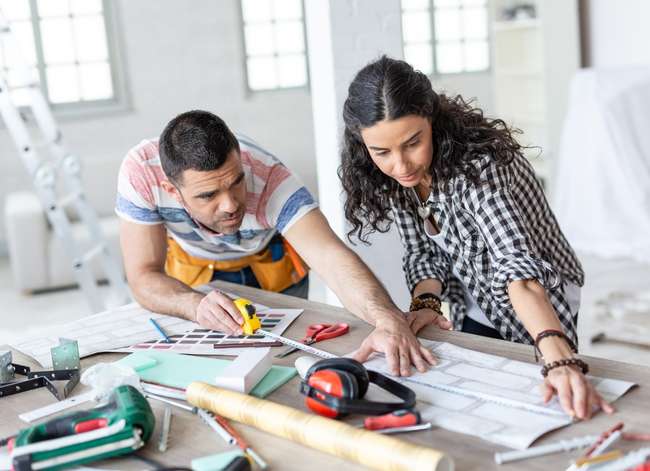We may earn revenue from the products available on this page and participate in affiliate programs. Learn More ›
Sustainable and Self Made
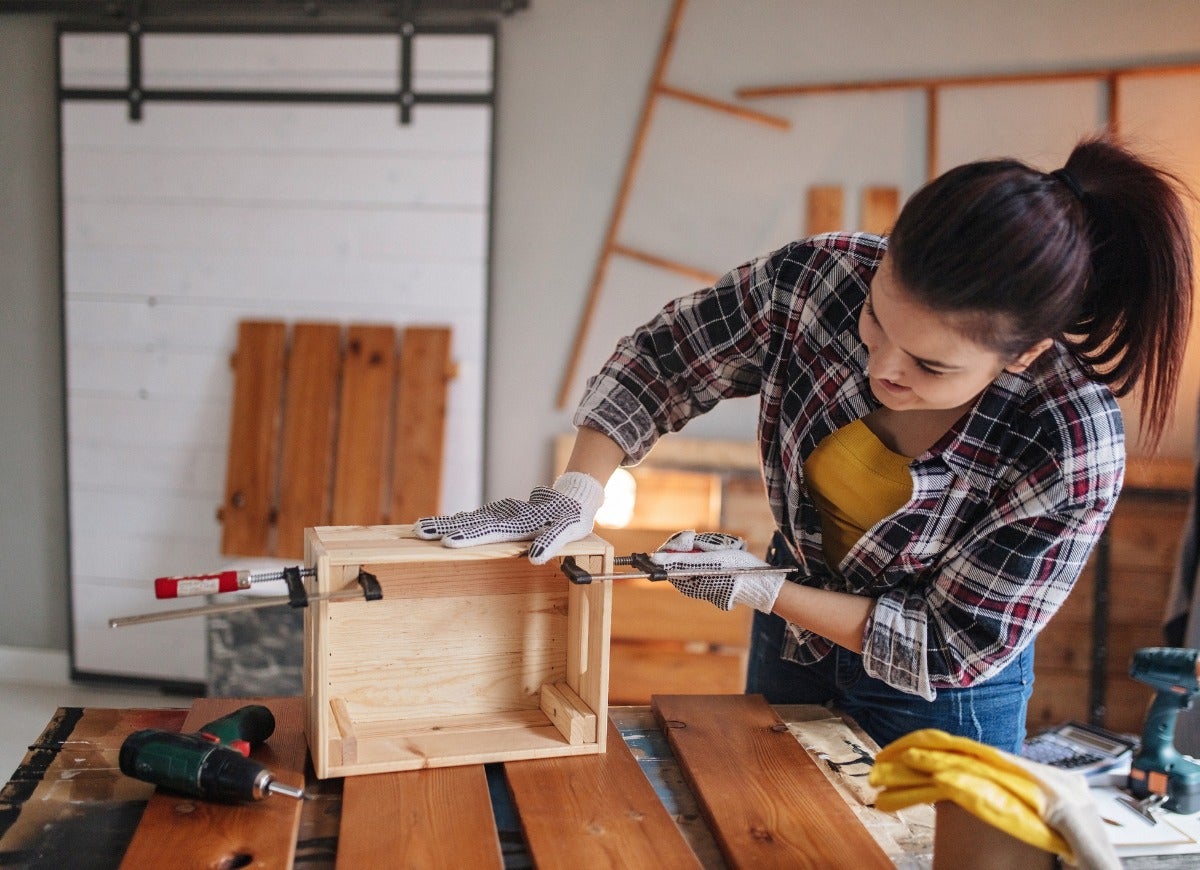
DIYing offers so many benefits. It challenges the brain, puts skills to use, tests patience, and helps save money. But if there’s a desire to take satisfaction one step further, try creating something that’s both sustainable and self made. These 12 practical tips offer opportunities to be less wasteful with materials, provide eco-friendly alternatives, and recycle properly.
Tear Out Tips
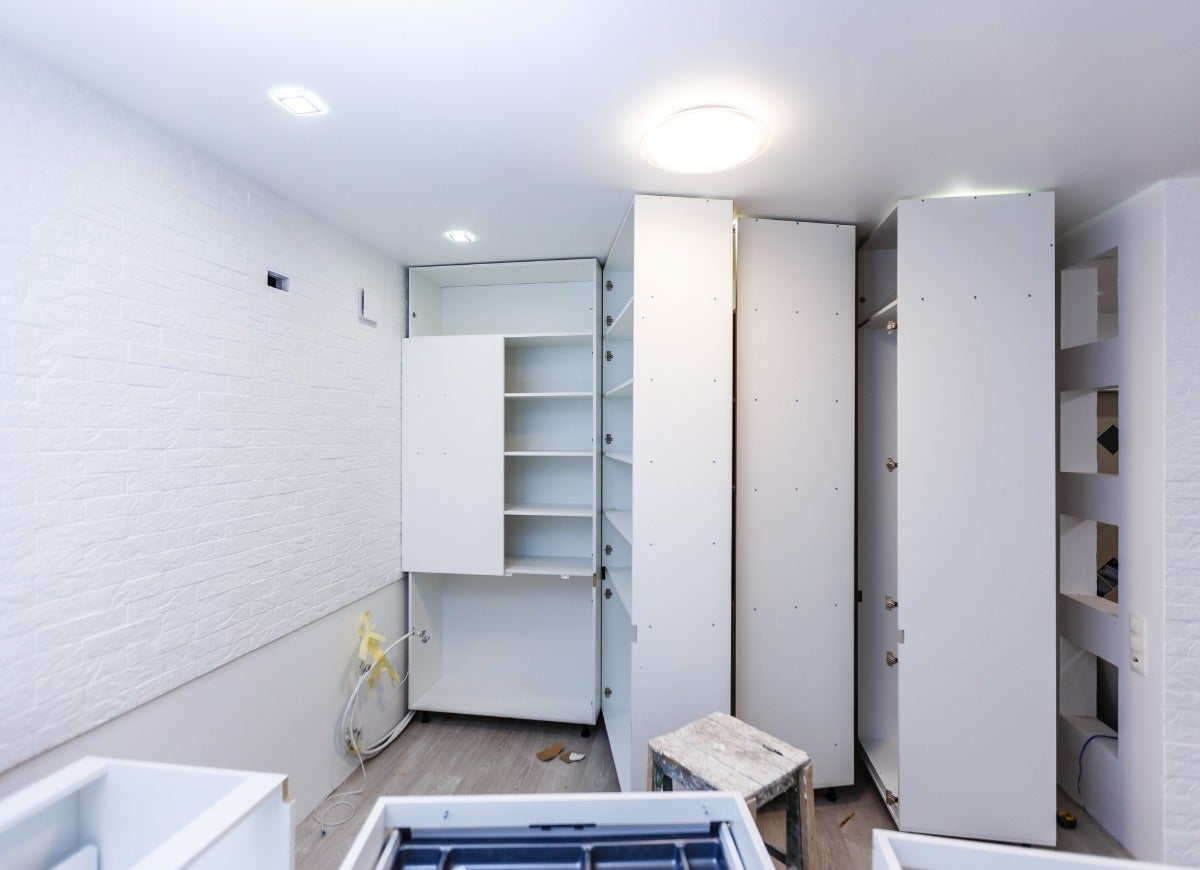
When it comes to home remodels, demolition is the quick fix for creating a blank slate. And while it may feel oddly pleasing to take a sledgehammer to a wall, the process can be wasteful and could even release harmful materials like asbestos into the environment. Choose deconstruction over demolition. A demolition can send all materials and debris to a landfill, whereas deconstruction involves giving materials a second look to see what can be donated or recycled like copper wiring and electrical boxes.
Reuse What You Have
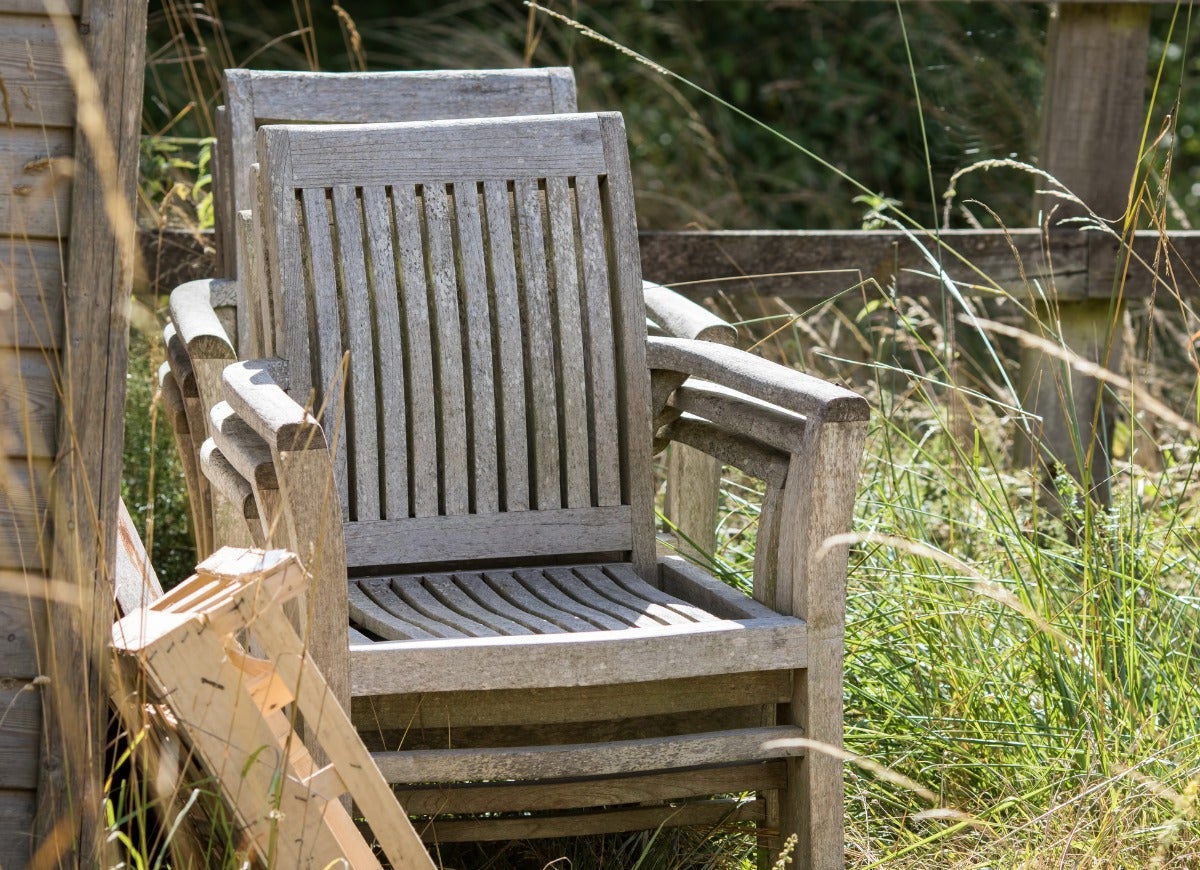
When deconstructing, check to see if there are things that can be reused in other areas of the home. It’s possible to salvage some items like plumbing fixtures, doors, radiators, and cabinetry. For quality brass hardware that’s dated, give it a fresh coat of eco-friendly paint in a matte black for a refreshed modern look. If replacing the roof, consider upcycling asphalt shingling that are still in good condition for a shed roof.
Shop Your Own Home
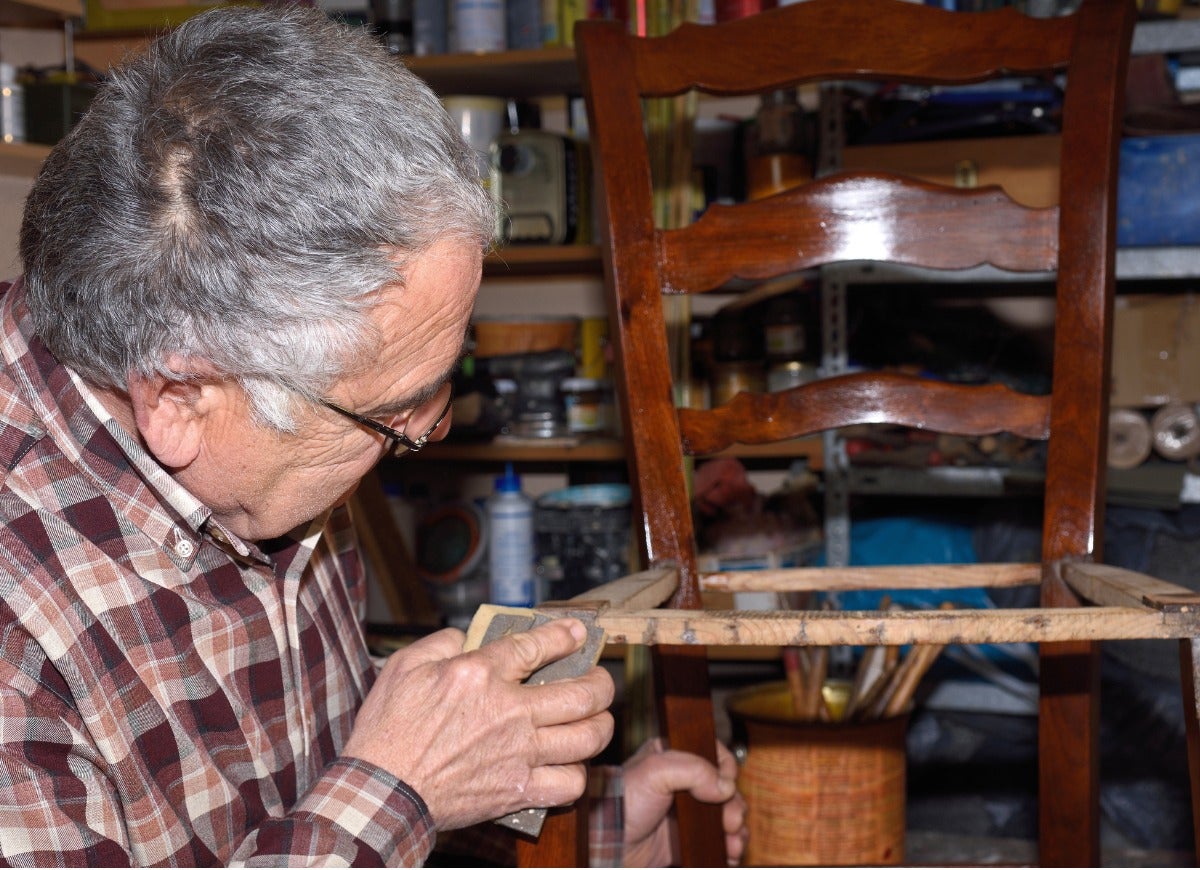
Before tossing out an old lamp, consider how it could be transformed into something that feels brand new for an environmentally-friendly and practical upgrade. Use paint and fabric from previous DIY projects to paint the base and recover the shade. Dust off that old twin bed frame hiding in the basement and transform it into a dreamy daybed using extra bed linens, blankets, and throw pillows around the house. Pull out a pile of pretty dishes rarely used and make them shine by creating a wall display.
Recycle Properly
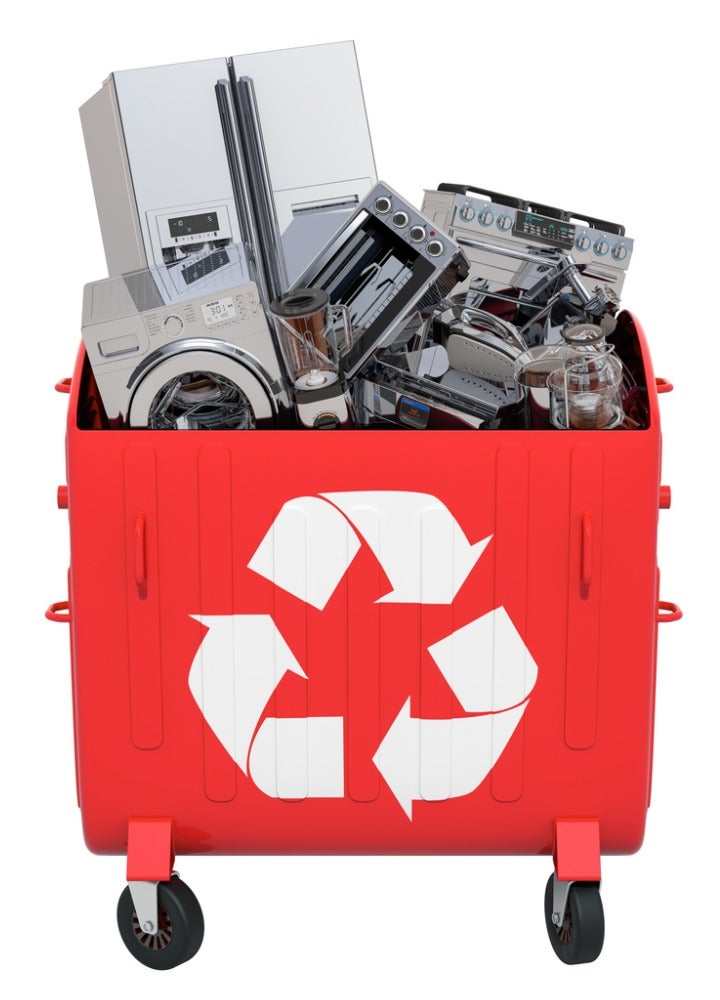
After finishing a DIY task, especially a remodeling project, there’s a good chance there will be a lot of things discarded as well as unused items. Different types of materials require different care. Metals should be cleaned and sorted prior to selling them for scrap as not all metals can be sold together, and clean metals have a higher value. Not all wood is recycled the same, too.
Refrigerants and compounds must be removed from appliances before they’re recycled for parts. Typically, non-contaminated refrigerants can be taken back to the wholesaler for exchange. If contaminated, it will need to be sent to a reclamation facility. Also ask a local recycling center whether recyclables are in compliance with state and local regulations.
Related: I Started Recycling in 2023—Here’s Why It’s Not What I Expected
Choose Sustainable Materials
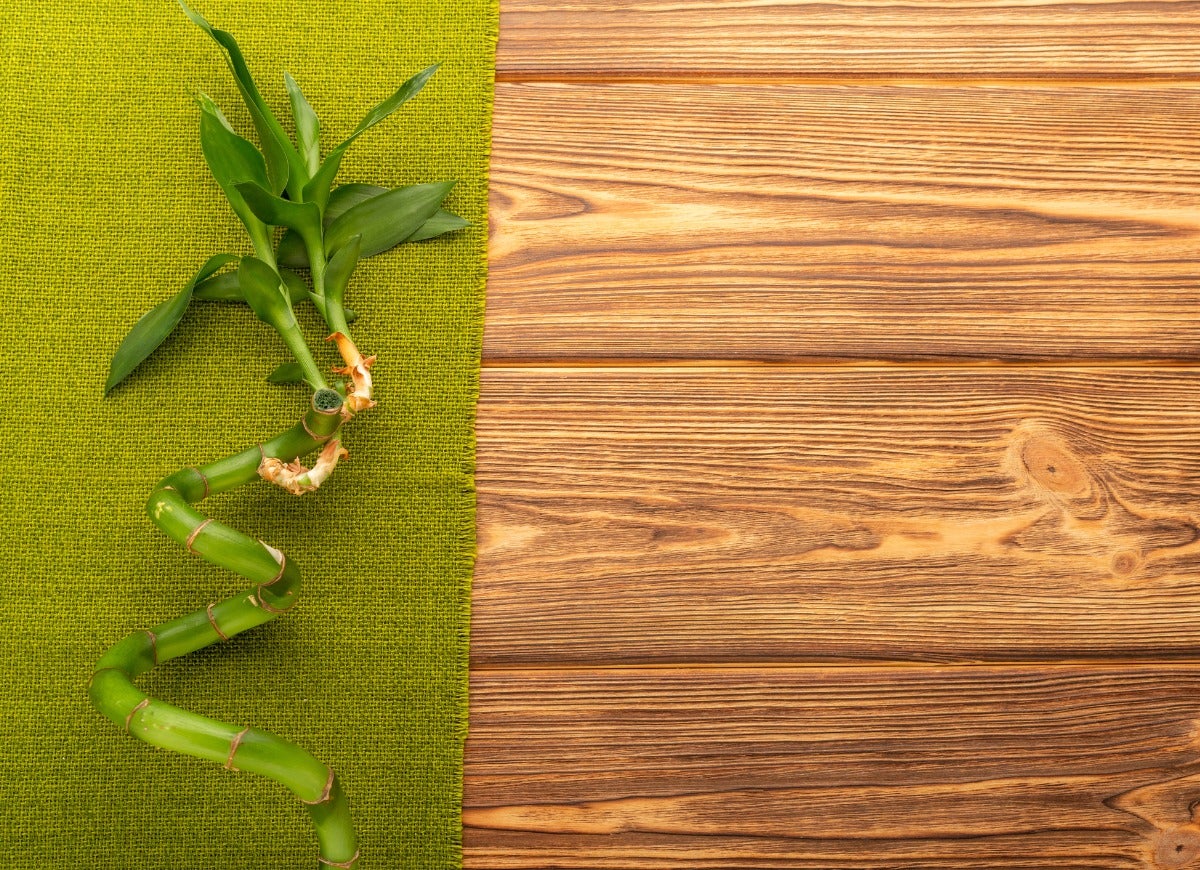
Without the constraints of a contractor’s schedule, DIYing offers the chance to really get to know the materials that are being used. Research sustainable and durable materials before putting in that deck or countertop. For instance, recycled paper countertops are incredibly dense, durable and attractive. Bamboo, a fast growing and naturally renewable tree-like grass, is a durable decking and flooring material. Sustainable products are usually more expensive than traditional products since demand is lower and they can cost more to produce.
Donate to Habitat for Humanity
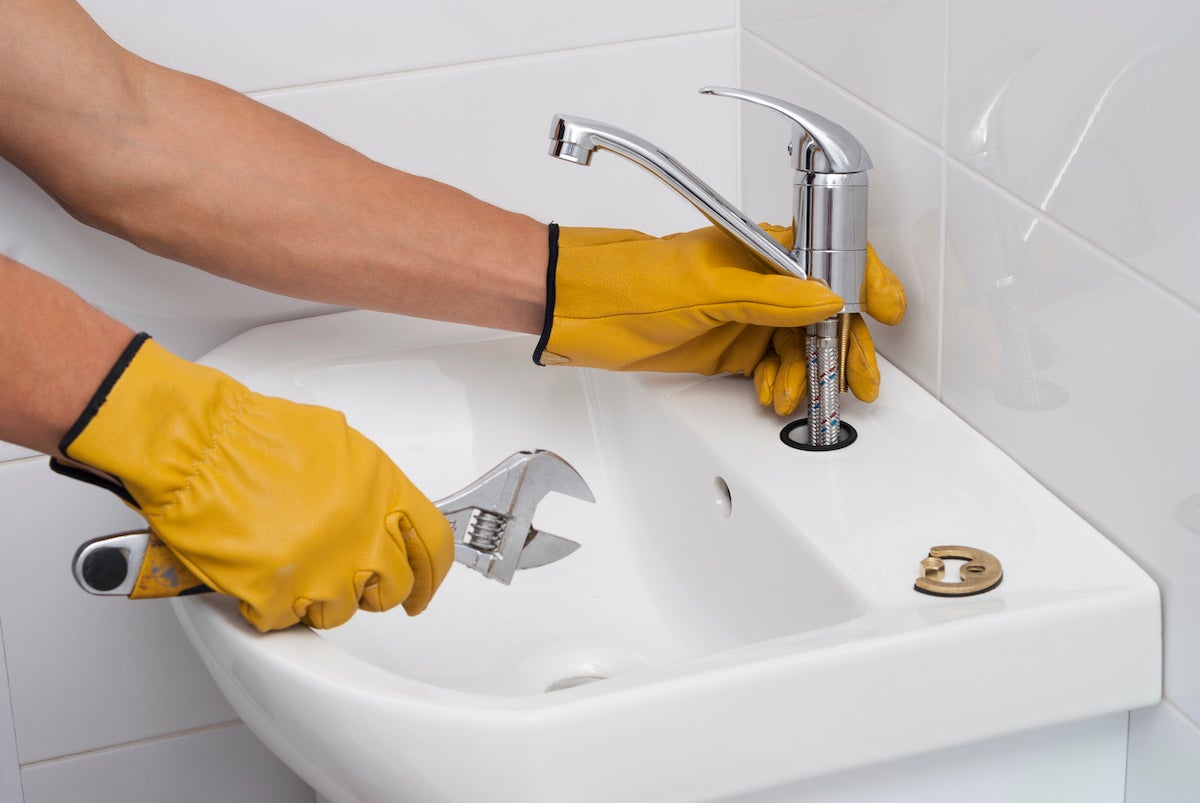
When remodeling a home, donate extra or old materials to Habitat for Humanity ReStore. The ReStores look for doors with no rot, broken glass, or peeling paint, rust-free plumbing fixtures, large remnants of new flooring, complete sets of hardware, complete sets of cabinets with no water damage, and lighting in good working order. Be sure to check with a local ReStore before donating, as each location accepts different kinds of items.
Put Building Materials Back to Work
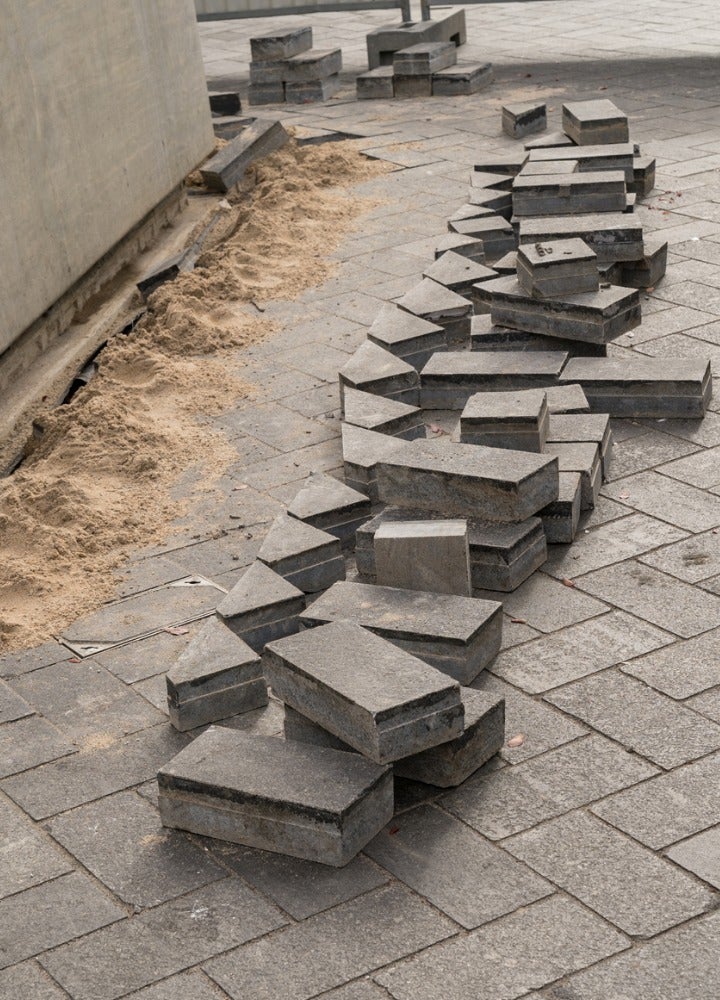
Reusing materials goes beyond salvaging hardware and an old dresser. Some scrap wood can be chipped and used as mulch or groundcover. In moderate amounts, gypsum that has been de-papered and crushed can be repurposed as soil amendment. Brick, concrete, and masonry can be recycled as driveway bedding.
Use Eco-Friendly Paint
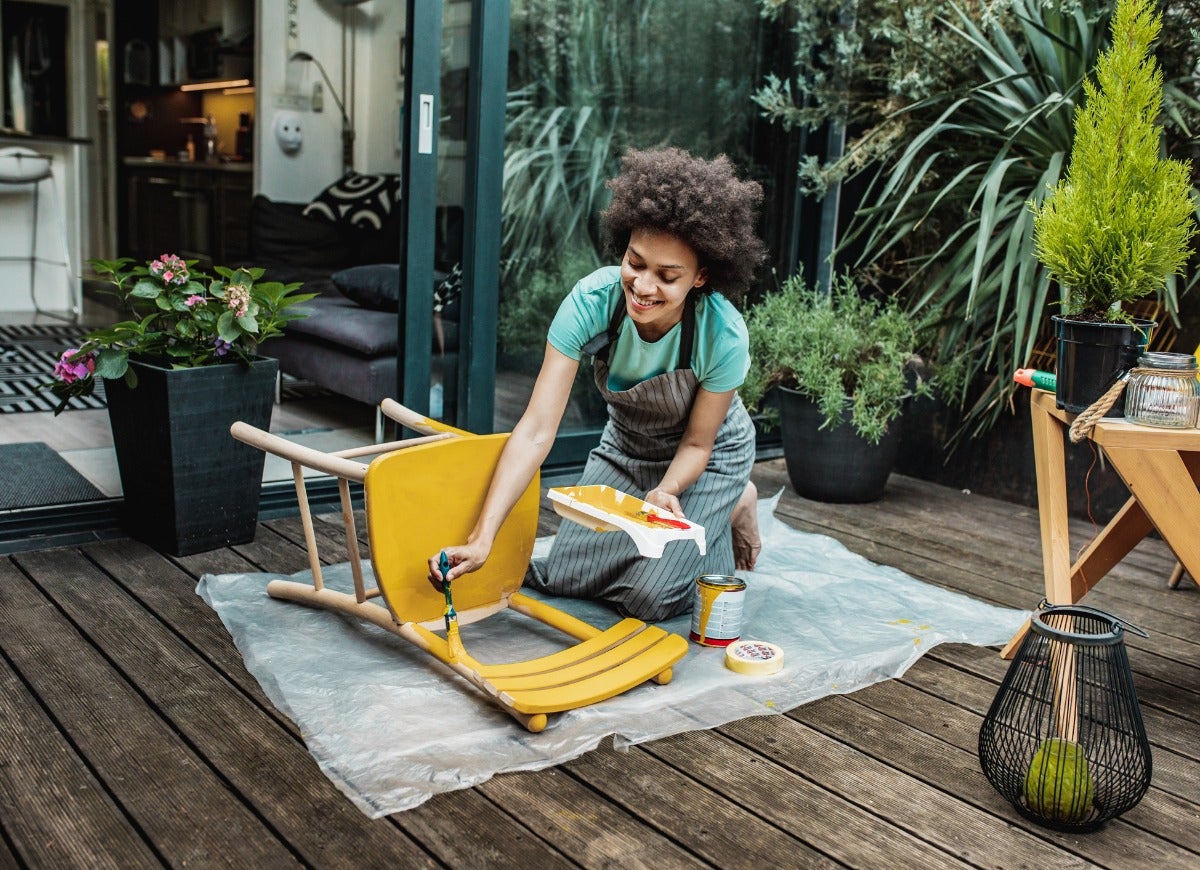
Paint is a popular DIY product, but conventional kinds undoubtedly add to the planet’s plight. Many are made with volatile organic compounds (VOCs) that off-gas into the atmosphere as the paint dries. Choose VOC-free paint that will not only lessen the impact on the environment, but keep household members from breathing in dangerous molecules.
Use Chemical-Free Cleaning Products
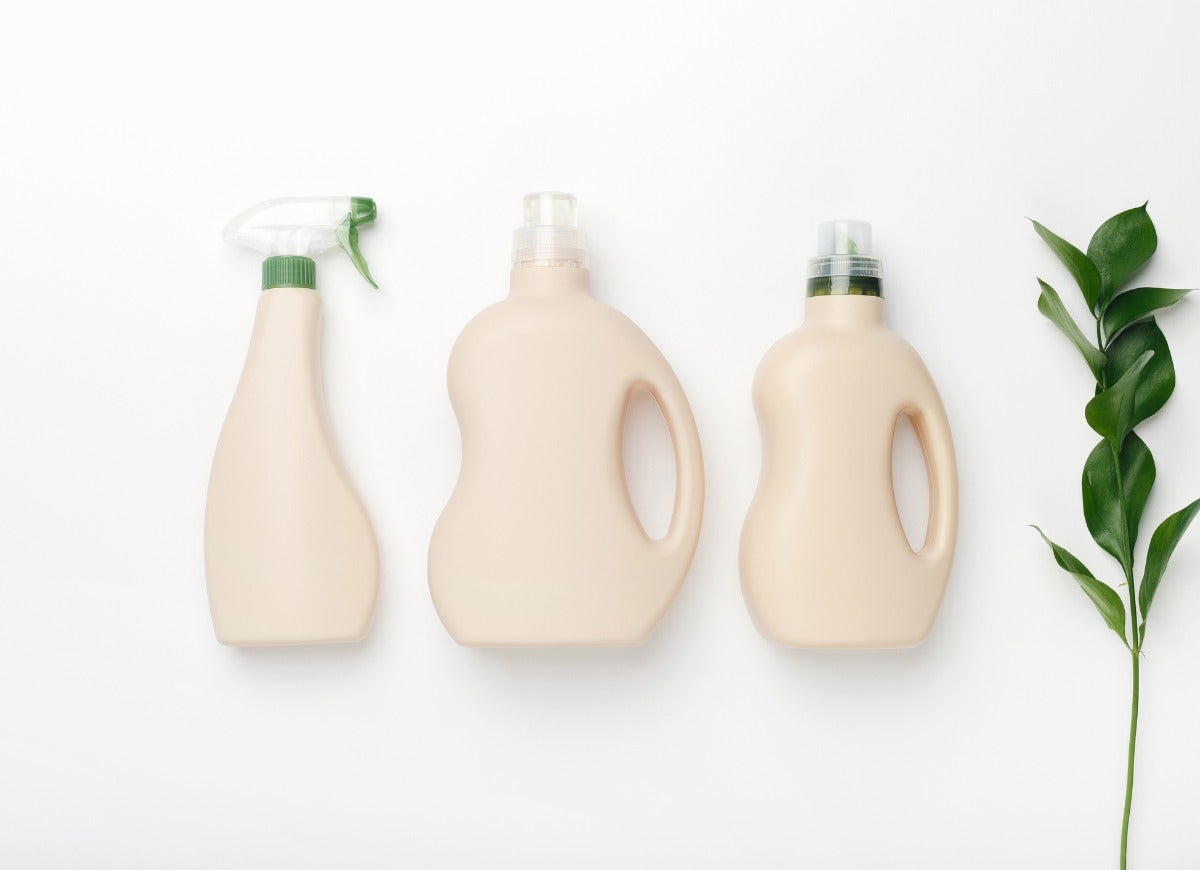
Deconstructing and cleaning up are major parts of the DIY process. Many of the products used are harmful to the environment and human health, like mineral spirits, wallpaper stripper, and heavy-duty brick cleaners. Research and choose products that are free of harmful ingredients like formaldehyde, methylene chloride, and per- and polyfluoroalkyl substances (PFAS).
Choose Natural Fiber-Based Insulation
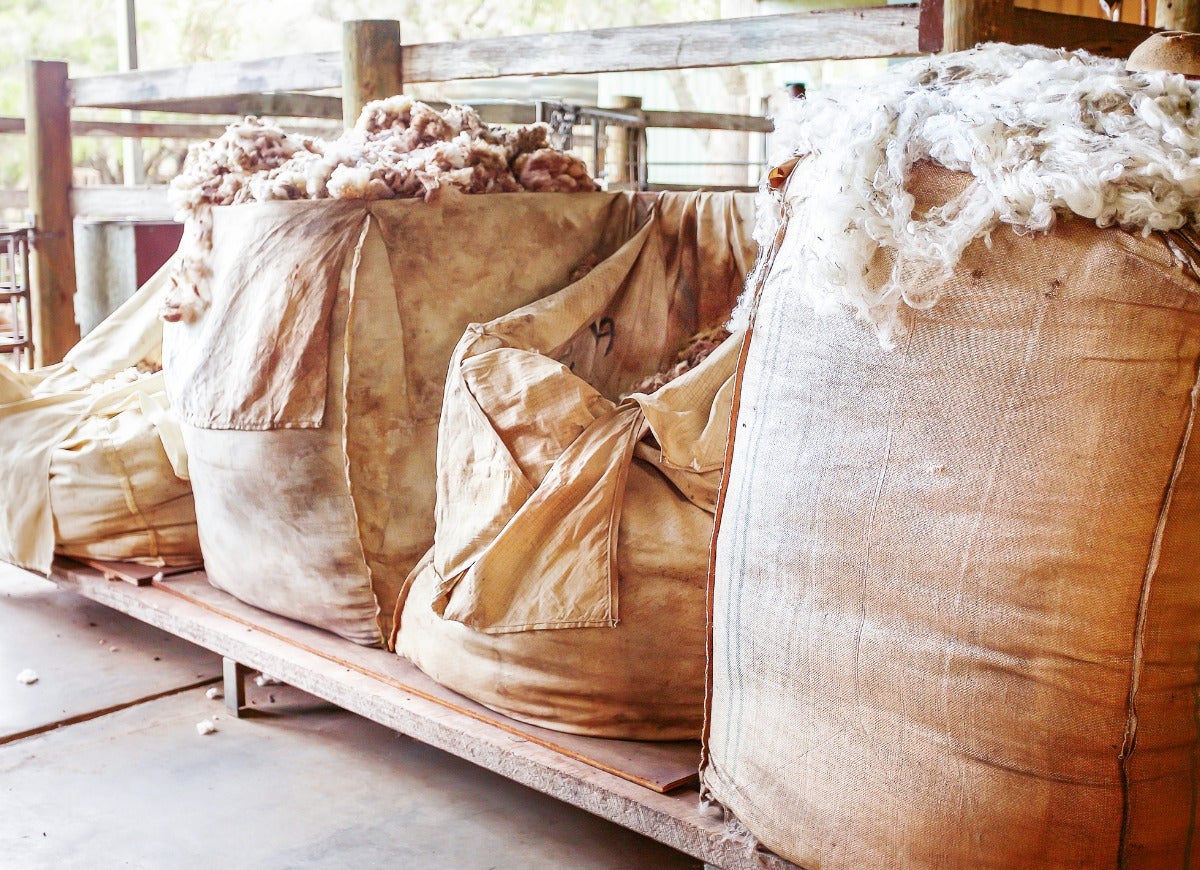
Don’t overlook insulation in DIY home renovations. Poor insulation will rack up energy bills and impact the environment. Sheep’s wool insulation starts with a natural fiber base, wool that is sheared from sheep, unlike alternatives such as fiberglass and rockwool insulations that are made up of synthetic fibers. It offers an R-13 to R-19 value, which is equal to or greater than its more common counterparts, making sheep’s wool insulation a viable option worth considering.
Switch to Low-Flow Plumbing Fixtures
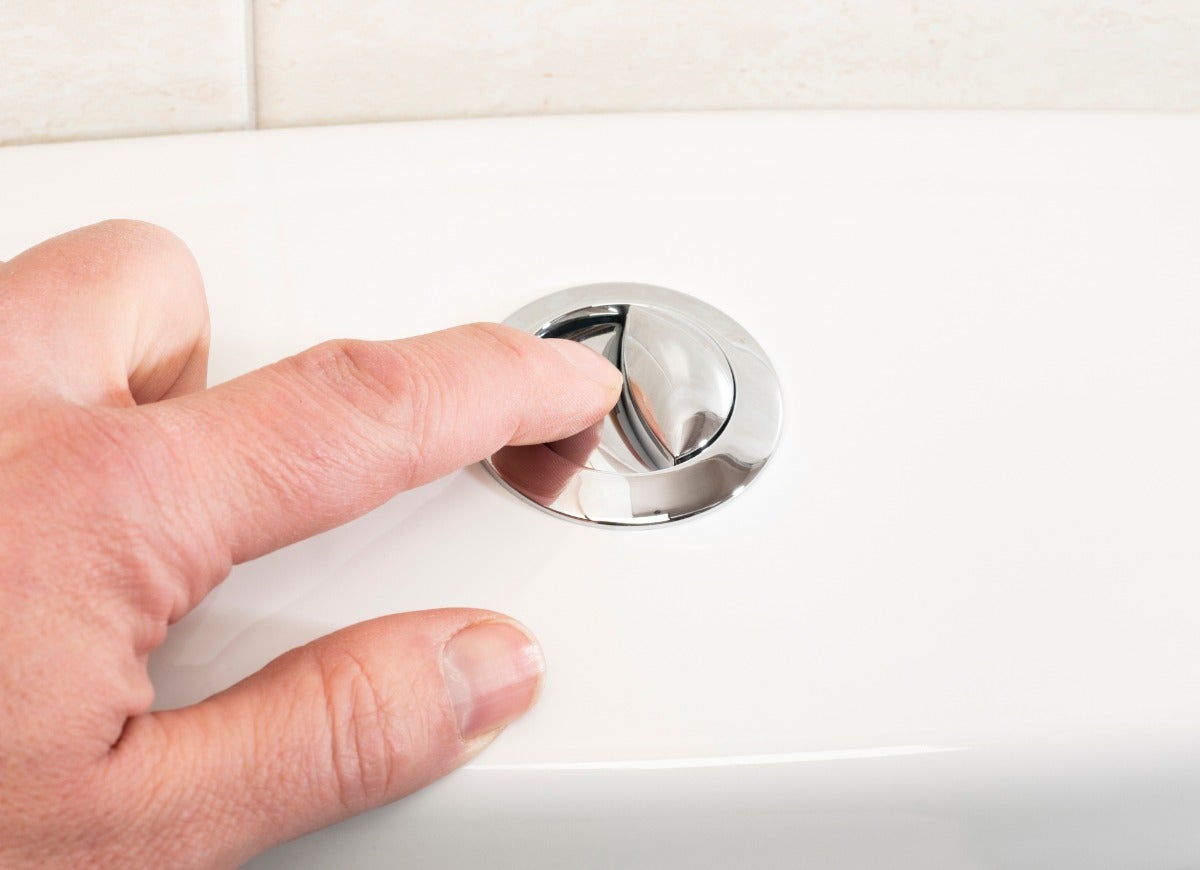
For DIY bathroom remodels, consider how to be more water efficient. With approximately 27 percent of household water used in toilets, swapping to low-flow systems, dual flow units, or low flow adapter kits help ensure a decrease in environmental impact. While you’re at it, look for WaterSense labels and swap shower and sink faucets, which are 20 percent more water efficient than average products.
Be Responsible With Your Cleanup
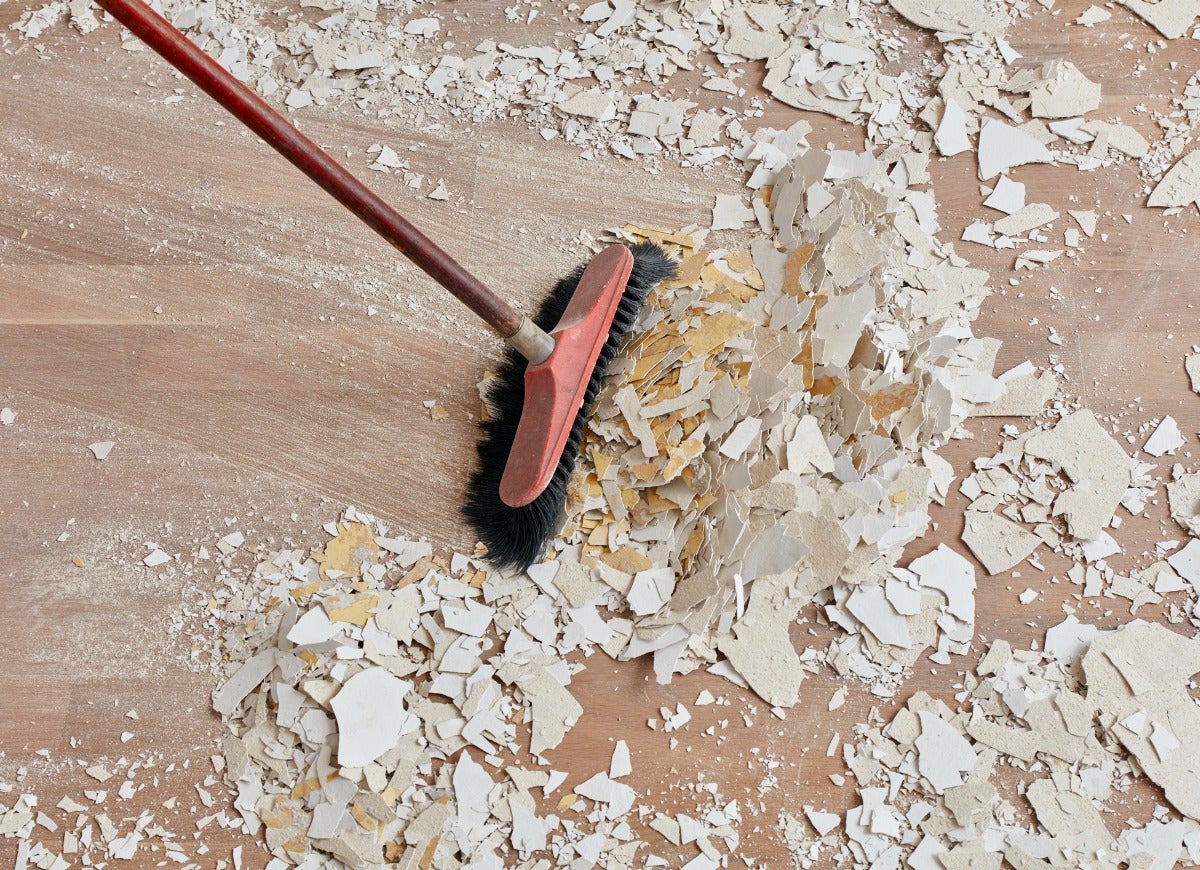
While it may be quicker and easier to throw renovation waste materials all in one dumpster, it’s not the best option for the environment. Take the time to clean, reuse, and recycle materials, placing them in separate bins, and bring them to a nearby recycling center that specializes in construction waste. Check local options by using a recycling locator.

A DIYer’s Guide to Replacing Flooring
Update the look and feel of any room by replacing old, worn-out flooring. These products and straightforward steps make it easy enough for any handy homeowner to do.
